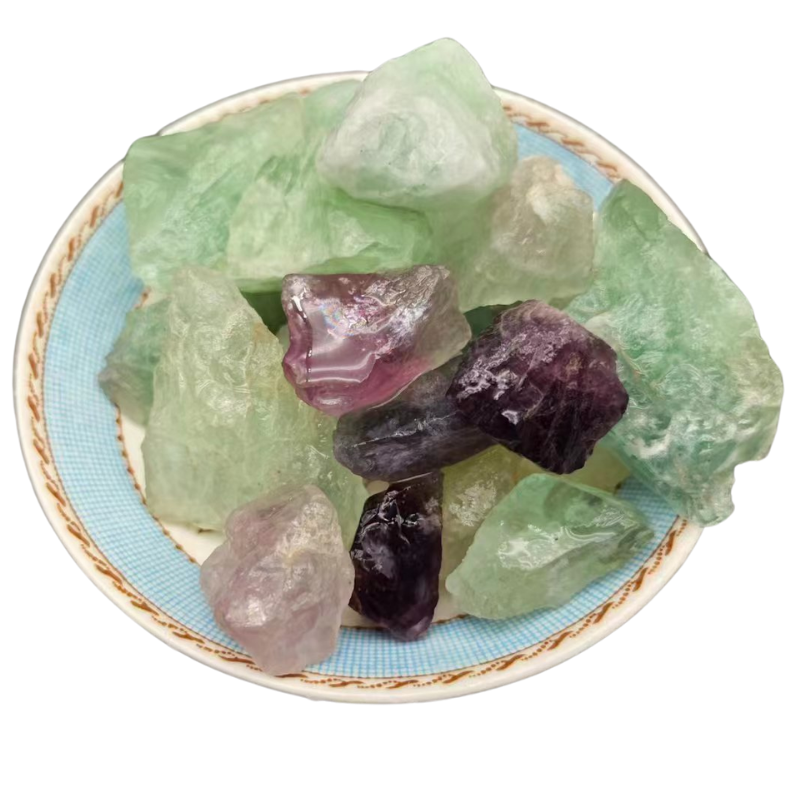
1 月 . 28, 2025 04:06
Back to list
silica fume powder
Fly ash and silica fume have become indispensable components in the concrete industry, especially when aiming to enhance the durability and sustainability of structures. These supplementary cementitious materials bring a plethora of benefits that align perfectly with modern construction demands. Leverage the unmatched properties of fly ash and silica fume for superior concrete products.
For the construction industry, using these materials is not just about performance; it's also about cost efficiency and sustainability. Fly ash and silica fume reduce the Portland cement content necessary in concrete mixtures. Portland cement production is a significant contributor to CO2 emissions, thus utilizing fly ash and silica fume can considerably cut down the carbon footprint of construction projects. However, the utilization of these materials requires expertise to manage potential challenges. Fly ash varying from different sources demands precise quality checks to ensure consistent performance. Silica fume's significant fineness may demand optimized mix design to avoid quick setting times or shrinkage issues. Partnering with reputable suppliers who understand and manage these nuances is crucial. Concrete producers and construction companies should opt for documented and trial-tested methods when using fly ash and silica fume. This not only ensures compliance with standards like ASTM C618 and ASTM C1240 but also guarantees superior quality control. By doing so, companies enhance their reputation for quality and sustainability, meeting client expectations in the most demanding projects. In a world where ecological consideration is no longer optional, integrating fly ash and silica fume into concrete production is a testament to forward-thinking and responsible stewardship. It underscores a commitment to excellence and innovation in creating infrastructures that stand the test of time, environmental exigencies, and sustainability benchmarks.


For the construction industry, using these materials is not just about performance; it's also about cost efficiency and sustainability. Fly ash and silica fume reduce the Portland cement content necessary in concrete mixtures. Portland cement production is a significant contributor to CO2 emissions, thus utilizing fly ash and silica fume can considerably cut down the carbon footprint of construction projects. However, the utilization of these materials requires expertise to manage potential challenges. Fly ash varying from different sources demands precise quality checks to ensure consistent performance. Silica fume's significant fineness may demand optimized mix design to avoid quick setting times or shrinkage issues. Partnering with reputable suppliers who understand and manage these nuances is crucial. Concrete producers and construction companies should opt for documented and trial-tested methods when using fly ash and silica fume. This not only ensures compliance with standards like ASTM C618 and ASTM C1240 but also guarantees superior quality control. By doing so, companies enhance their reputation for quality and sustainability, meeting client expectations in the most demanding projects. In a world where ecological consideration is no longer optional, integrating fly ash and silica fume into concrete production is a testament to forward-thinking and responsible stewardship. It underscores a commitment to excellence and innovation in creating infrastructures that stand the test of time, environmental exigencies, and sustainability benchmarks.
Share
Latest news
-
Premium Pigment Supplier Custom Solutions & Bulk OrdersNewsMay.30,2025
-
Top China Slag Fly Ash Manufacturer OEM Factory SolutionsNewsMay.30,2025
-
Natural Lava Rock & Pumice for Landscaping Durable Volcanic SolutionsNewsMay.30,2025
-
Custom Micro Silica Fume Powder Manufacturers High-Purity SolutionsNewsMay.29,2025
-
Custom Mica Powder Pigment Manufacturers Vibrant Colors & Bulk OrdersNewsMay.29,2025
-
Custom Micro Silica Fume Powder Manufacturers Premium QualityNewsMay.29,2025






